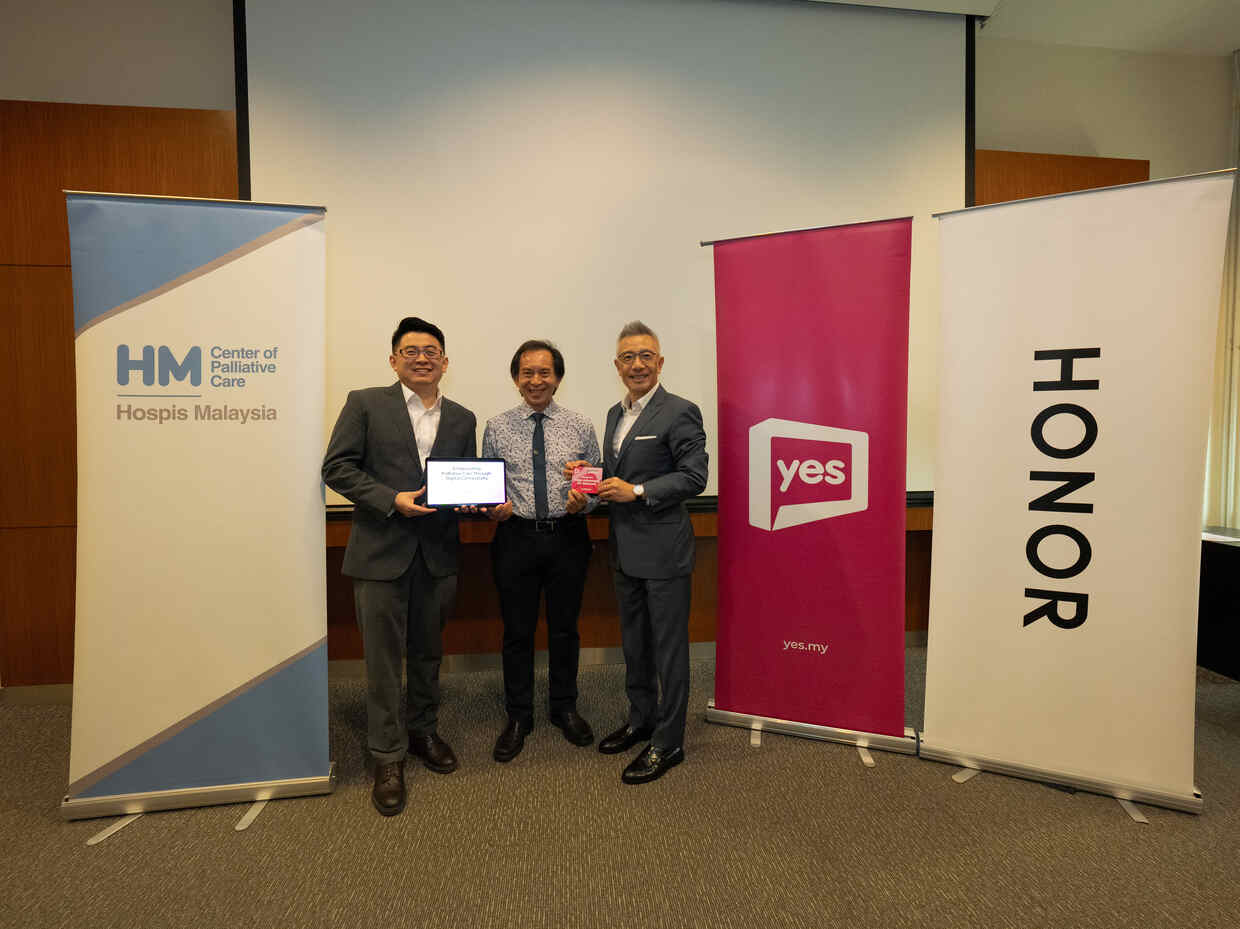I refer to the article “’Improve affordability, accessibility and adequacy of healthcare’” (Today, May 21) .
I would like to applaud the Prime Minister for his bold changes to the cabinet would like to make the following suggestions to reform healthcare in Singapore.
1- Increase public spending on healthcare from the current approximately two per cent of GDP, as it is one of the lowest in the world.
2 – Reverse the trend of increasing private healthcare spending’s share of total healthcare spending from the historical 25 to the current approximately 50 per cent. In other words, increase the public healthcare share from 25 per cent back to the former 50 per cent.
3 – Allow the use of Medifund for the needy who cannot afford polyclinic out-patient treatment, instead of transferring $86 million of Medifund surpluses to the Protected Reserves.
4 – The rejection rate of Singaporeans who apply for Medifund because they could not pay for their medical bills has never been disclosed. The Ministry of Health (MOH) discloses yearly the number of successful applications (number of times), but not the number of patients who were rejected.
5 – Make public the criteria for approving Medifund applications.
6 – Singapore’s Standard Drug List is not made public. If made public, we may know what drugs are non-subsidised.
7 – Does Medishield make a profit? What is the surplus if any?
8 – How many people who were discharged from hospital were unable to pay their medical bills? The latest statistics from Credit Counselling Singapore is that about 21 per cent of Singaporeans who sought credit counselling were due to medical fees.
9 – Review the change in the Workmen’s Injury Act reducing employers’ and insurers’ liability for medical expenses arising from an accident in the course of employment to $25,000. According to MOH, 5 per cent of industrial accidents’ medical fees exceed this $25,000 cap, which places the burden of the excess medical fees not covered on the employee.
10 – Review the policy of public hospitals in not giving any subsidy for subsidised wards hospitalisation for industrial accidents. This means that for example, Class C ward fees would cost five times more compared to non-industrial accident hospitalisation.
11 – Reduce the pressure on public hospitals to raisie medical fees such that hospitalisation costs at public hospitals have gone up by as much as double over the last four years, by reimbursing hospitals for the actual subsidy shown in medical bills, instead of using the MOH’s average treatment type subsidy computation.
12 – Review means testing for patients who request for down-grading to lower-class hospital wards. The last disclosed 99 per cent rejection rate in Parliament, for down-grading applications may be forcing more Singaporeans to choose lower class subsidised wards.
I would like to urge and call upon all healthcare stakeholders to work with and support our new Health Minister, Mr Gan Kim Yong, to reform our healthcare system.












